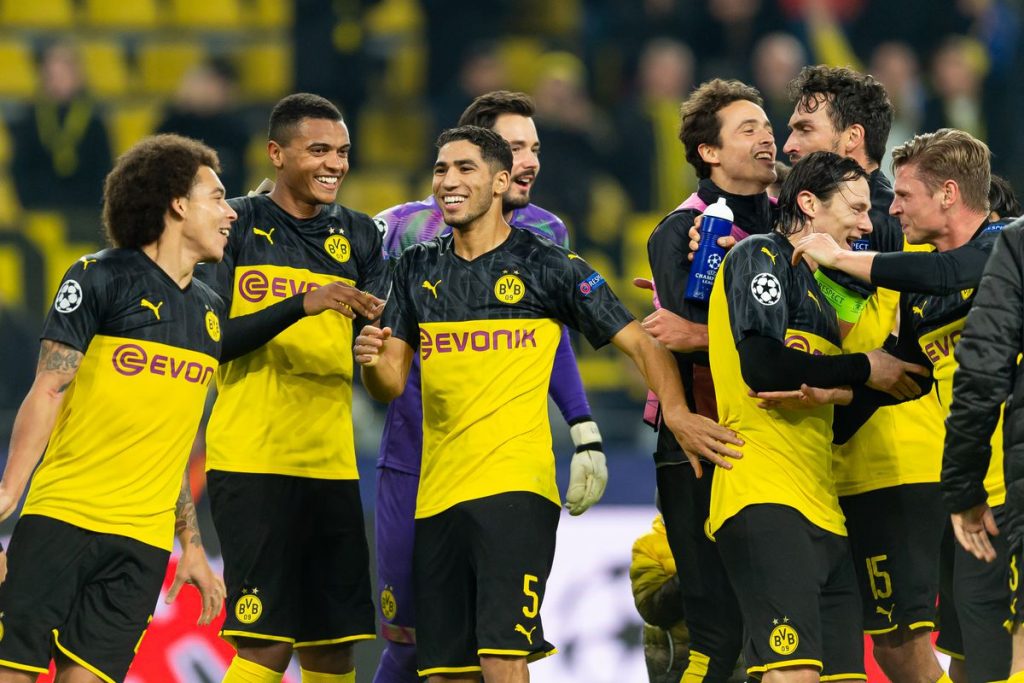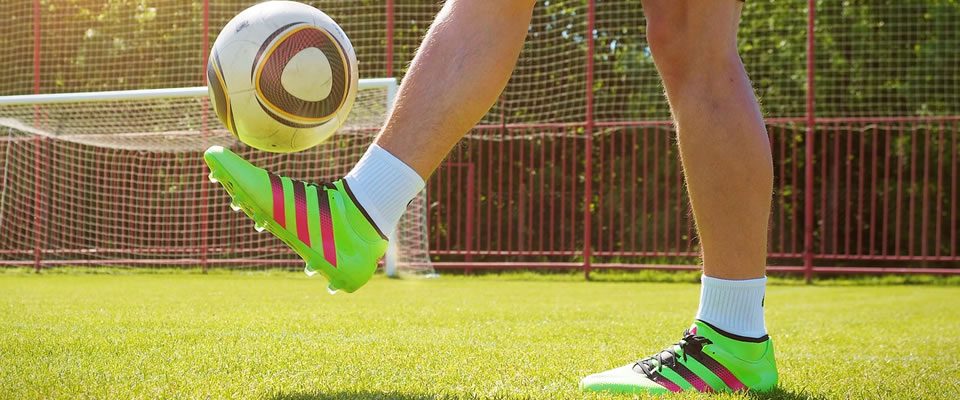Borussia Dortmund had a season to forget in year one after Thomas Tuchel. With the Peter Bosz experiment having failed, it’s Lucien Favre’s turn to usher in a new era for the Black and Yellows. It was evident after only a few training sessions that the Swiss remains a coach with a ruler and calliper.
Tops and flops alternated in the last few years in Dortmund’s transfer dealings. For every Ousmane Dembélé there was an Andriy Yarmolenko, for every Manuel Akanji a Sebastian Rode. The club’s bosses again took some risks this summer. For example by investing some €20 million in Thomas Delaney. The Denmark international could become valuable as a physical No. 8 or an instigating No. 6–or quietly disappear through the back door after one or two years. Something similar goes for Marius Wolf, who suddenly wears a Black and Yellow jersey after playing one strong season for Eintracht Frankfurt. Goalkeeper Marwin Hitz, full-back talent Achraf Hakimi, left-footed defender Abdou Diallo and world-renowned No. 6 Axel Witsel rounded off BVB’s incoming activities.
The bosses did an borderline terrific job in getting rid of players who were no longer needed. Yarmolenko left the club after an up-and-down season, going to West Ham United for €20 million—praise be to the overheated English market. Andre Schürrle went on loan to Fulham. Sokratis moved to Arsenal, Gonzalo Castro to VfB Stuttgart. Neither one of those four really suited the high demands Dortmund still have especially of their more experienced and highly paid players.
That leaves a squad of 29 players that, especially in defence and midfield, seems balanced and offers an appropriate amount of diversity in its types of players. The large number of creative attacking players, with Marco Reus front and centre, would promise a flair of street football if it wasn’t for Favre, who naturally prefers a focussed playing style after winning possession and a steady approach to build-up situations. The one distinct weakness in the squad remains the striker position. If Dortmund are to enter the season in a 4-3-3, as seems highly likely at this point, Maximilian Philipp and Alexander Isak would be the current options up front. Philipp got the nod in most test matches and is a classic small-ball striker who could also form a fluid two-pronged attack in a 4-4-2 with Reus. A physical centre-forward, which BVB always had in some form over the last years in the likes of Lucas Barrios, Robert Lewandowksi and Pierre-Emerick Aubameyang, is currently missing.

Formation Questions
The big questions surrounding the signing of a new head coach, that are also well-covered by the media, revolve around potential personnel decisions and the formation to start matches. Favre almost exclusively had his team play in a 4-4-2 at Borussia Mönchengladbach. At OGC Nice, on the other hand, he proved himself to be more flexible and often put his trust in a back three to start his tenure, only to move to a 4-3-3 relatively quickly. That formation, that half the world is playing in some variation at the moment, has also emerged during the summer as his preferred system for Dortmund.
Considering the personnel and talent level at hand in midfield, that decision doesn’t seem far-fetched. In Witsel, Julian Weigl and Nuri Şahin there are a number of qualified anchors in holding midfield available to Favre. In the final test match of the summer against Lazio even Delaney played in that position and did well. In the No. 8 spots Mario Götze, Mahmoud Dahoud, Raphaël Guerreiro, Shinji Kagawa, Sergio Gómez and Delaney are at Favre’s disposal. With that selection of talent, the Swiss could certainly experiment a little and react to opponents or situations during the game without changing too much in the general structure. Tactical adjustments by changing personnel are a preference of many coaches, after all.


